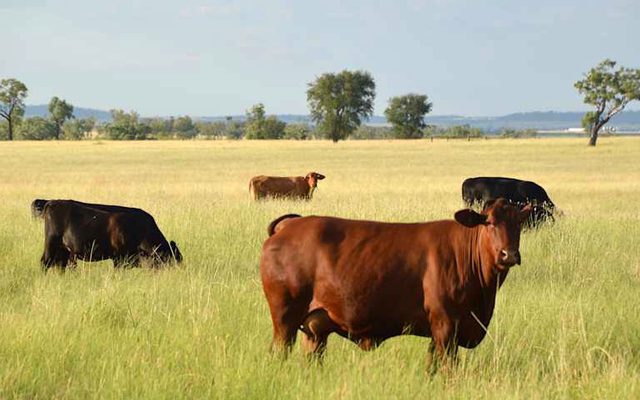This article is from the Australian Property Journal archive
THE value of Australian rural property dipped again over the second quarter of 2024, falling below trendline growth as the sector continues to stabilise after years of solid growth.
The Elders National Rural Property Indicator (RPI) fell for a second consecutive quarter, with a 2% decline to $10,186/hectare, though this still sits 5% above the same time last year.
For the quarter Queensland/Northern Territory a 2% increase to $8,975/ha, NSW was down 3% to $9,788/ha, VIC/TAS was down 8% to $13,090/ha, SA was up 7% to $9,648/ha and WA was at $9,237/ha.
The quarter saw mixed results across commodities, with wool prices falling but livestock and grain picking back up.
While seasonally, conditions were split. With the north seeing excellent conditions, with good results in the west and poor conditions across the south.
With falls in the National Indicator attributed to worsened conditions in the south, where there was a decline in prices across Victoria and Tasmania where the State Indicator fell a further 8% after a 15% fall in Q1.
South Australia, Queensland and the Northern Territory reported stronger results with prices firm to moderately high. This after price falls in SA since peaking in Q3 2023.
“There was considerable variability in the number of properties sold across the country with Victoria well down quarter on quarter and year on year while in both NSW and Queensland turnover has increased substantially,” said Mark Barber, general manager of Farmland Agency and Water at Elders.
“Given the low liquidity the results in Victoria and Tasmania must be treated with some caution.”
Confidence was also low across the sector, with farm balance sheets weakened and access to debt funding also down.
1,442 rural properties did change hands over the quarter, reflecting a sales value of $3.175 billion, though this hasn’t lived up to levels seen in 2021 and 2022.
Transaction volumes were up 10% for the quarter and annually, while the value traded was up 15% for the quarter and 14% for the year.
Queensland and the NT saw 323 transactions over the period, a 42% increase for the quarter and a 3% drop compared to last year. With $840 million trading, for a 68% quarterly increase and a 2% annual drop.
NSW saw 622 transactions, an increase of 35% for the quarter and 19% for the year, for a combined value of $1.427 billion, or a quarterly increase of 49% and an annual increase of 35%.
South Australia saw 207 transactions over the quarter, down 5% for the quarter and up 21% compared to last year. With $428 million trading for a 13% q-o-q drop and 13% y-o-y increase.
WA saw 141 transactions, down 20% q-o-q and up 9% y-o-y. This was worth $267 million or a decline of 46% q-o-q and an increase of 10% y-o-y.
While Victoria and Tasmania saw only 145 properties combined transacted over the quarter, down 34% q-o-q and 8% y-o-y. This was worth $212 million, for a decline of 34% q-o-q and 14% y-o-y.



